Take a stroll down the cereal aisle of any supermarket, and you might be forgiven for thinking you’ve stumbled upon the holy grail of healthy eating. The shelves are a riot of color, with boxes and packets vying for your attention, each one adorned with promises of wholesomeness and vitality. High in fiber! Fortified with vitamins and minerals! Supports a healthy gut! It’s a marketing marvel designed to make you feel good about starting your day with a bowl of cereal. But is this breakfast staple truly the nutritional powerhouse it claims to be?
The Allure of Cereal
Cereal has long been a mainstay of the breakfast table, a quick and convenient way to fuel up before facing the day. The packaging is a testament to the power of marketing, with slogans that promise to support your family’s health, reduce tiredness, and even strengthen bones. It’s hard not to be swayed by such comforting claims. However, the reality is often more complex than the packaging would have you believe.
The Hidden Dangers
While the cereal aisle may seem like a haven of health, there are hidden pitfalls. Many cereals, despite their claims of being high in fiber and fortified with vitamins, are also laden with sugar, salt, and ultra-processed ingredients. These additives can undermine the very health benefits the packaging promises. Moreover, the fortification of cereals with vitamins and minerals, while seemingly beneficial, raises questions about the potential risks of overconsumption. As Marion Nestle, a professor of nutrition at New York University, points out in her book "Food Politics," the addition of these nutrients may not necessarily improve health and could even pose hazards.
The Case for Cautious Consumption
Not all cereals are created equal. Some do offer a decent start to the day, providing a good source of fiber and complex, slow-release carbohydrates. However, many fall short of these ideals. Consider, for example, a popular brand that claims to be high in protein and fiber. While it may contain a respectable amount of protein, the presence of milk powder skews the figures, and the addition of flavorings and anti-caking agents means it is ultra-processed. Another brand, marketed as a quick and easy breakfast solution, results in a gluey, overly sweet concoction that tastes more of caramel flavoring than actual golden syrup.
The Traffic Light System
The traffic light system used to rate nutritional content can be a helpful guide. A yellow rating for sugar, as seen in one brand with 5.3g per 30g serving, indicates a moderate level that might not be ideal for daily consumption. This particular cereal also contains palm oil, antioxidants, and colorings, all of which contribute to its ultra-processed status. Another brand, while sweet, crisp, and airy with a hint of caramel nuttiness, lacks sufficient fiber to be truly filling.
The Role of Ultra-Processed Foods
Ultra-processed foods (UPF) are a growing concern in modern diets. These foods often contain additives and preservatives that can have negative health effects. For example, malted barley extract, a common ingredient in many cereals, is a flavor enhancer that places these products in the UPF category. While some cereals may offer a decent balance of nutrients, the presence of such additives can negate their benefits.
The Importance of Fiber
Fiber is a crucial component of a healthy diet, aiding digestion and promoting a feeling of fullness. However, many cereals fall short in this regard. One brand, for instance, contains only 0.9g of fiber per 30g serving, with 2.1g of protein and 2.4g of sugar. Another, marketed as fiber-rich, offers a disappointing 3.6g per 40g portion, with a significant amount of sugar from dried fruit. These cereals may taste good, but they do not provide the sustained energy and nutritional benefits that a high-fiber breakfast should offer.
The Protein Puzzle
Protein is another nutrient that many cereals claim to provide in abundance. However, the reality is often different. One brand, with 6.3g of protein per 50g serving, offers a respectable amount but is also high in sugar, with 3.6g partly due to dried fruit. Another, with 4.3g of protein, 4g of fiber, and 6.6g of sugar per 45g serving, contains no ultra-processed ingredients but is still relatively high in sugar.
The Search for Wholesome Options
In the quest for a wholesome breakfast, it is essential to read beyond the marketing claims and examine the actual ingredients. Some cereals, like one with 4.3g of protein, 4.8g of fiber, and 5g of sugar per 40g portion, contain barley malt extract, indicating a high level of processing. Others, like a simple wheat puff with less than 0.5g of sugar, 4.4g of protein, and 2.8g of fiber per 30g portion, offer a more nutritious option without the additives.
The Role of Traditional Cereals
Traditional cereals, such as Weetabix, have long been a staple of the British breakfast. While some versions are fortified with vitamins and minerals, others remain relatively simple and unprocessed. For example, a version with added wheat gluten offers 7.6g of protein per two biscuit serving, similar to regular Weetabix in terms of sugar and fiber content. These cereals, with their crunchy, nubbly texture, can be a good source of slow-release carbohydrates and fiber.
The Impact of Ultra-Processed Ingredients
The presence of ultra-processed ingredients can significantly impact the nutritional value of cereals. For instance, a cereal with 11g of sugar, 0.8g of fiber, and 1.8g of protein per 30g portion contains barley malt extract and is so sweet it can be overwhelming. Another, marketed as a "dieter’s" cereal, contains 4.5g of sugars, 2.4g of protein, and 1.8g of fiber per 30g portion, with barley malt extract and a higher level of fortification than other cereals.
The Quest for Balance
Finding a cereal that offers the right balance of nutrients can be challenging. One brand, with just 0.4g of sugars, 4.4g of protein, and 3.6g of fiber per 40g portion, stands out as a healthier option. Made from simple, minimally processed oats, it provides slow-release carbohydrates and a good source of fiber. Another, with 5g of sugar, 4.3g of protein, and 4.8g of fiber per 40g portion, contains barley malt extract but offers a decent balance of nutrients.
The Role of Consumer Awareness
Consumer awareness is key in navigating the cereal aisle. While marketing claims can be persuasive, it is essential to read the labels and understand the ingredients. Look for cereals that are high in fiber and protein, low in sugar, and free from ultra-processed ingredients. Adding fresh fruits, nuts, and seeds can further enhance the nutritional value of your breakfast.
The Future of Breakfast
As we move forward, the importance of making informed choices about our breakfast cannot be overstated. While cereals can be a convenient and nutritious option, it is crucial to choose wisely. By selecting cereals that are high in fiber, protein, and whole grains, and low in sugar and ultra-processed ingredients, we can start our day on the right foot. Whether you prefer the simplicity of a bowl of oats or the crunch of a fortified cereal, the key is to balance convenience with nutrition.
The cereal aisle is a complex landscape filled with promises and pitfalls. While many cereals claim to offer a healthy start to the day, the reality is often more nuanced. By being mindful of the ingredients and nutritional content, we can make choices that support our health and well-being. After all, a wholesome breakfast is the foundation of a vibrant and fulfilling day.
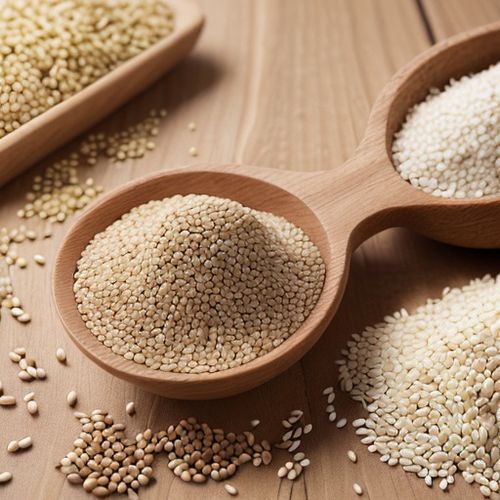
By George Bailey/May 12, 2025

By Amanda Phillips/May 12, 2025
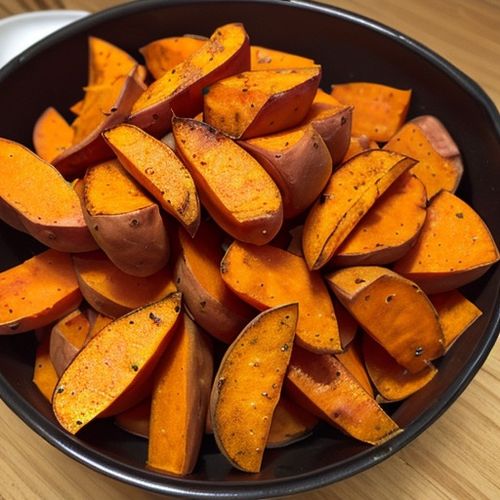
By Victoria Gonzalez/May 12, 2025

By Thomas Roberts/May 12, 2025
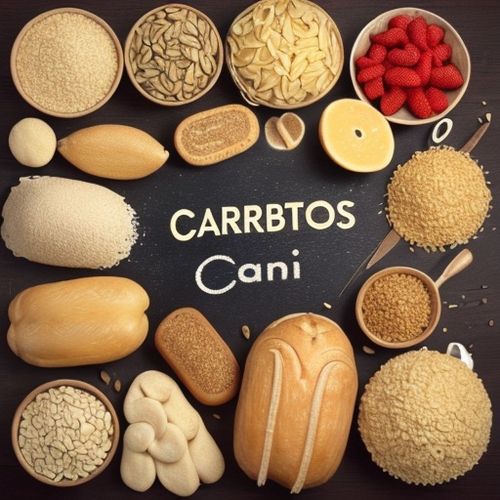
By Benjamin Evans/May 12, 2025
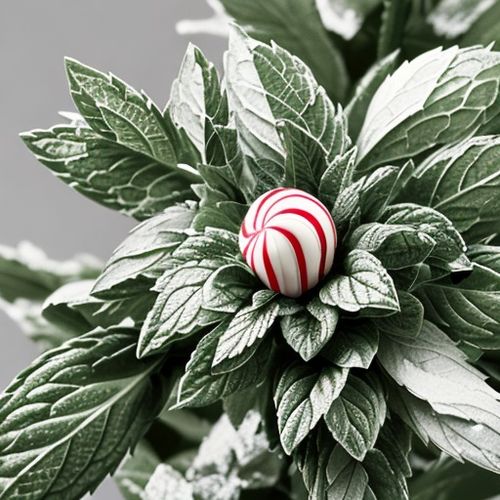
By Natalie Campbell/May 12, 2025
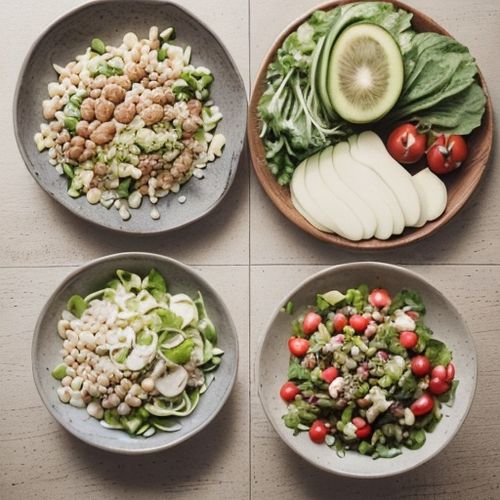
By Samuel Cooper/May 12, 2025
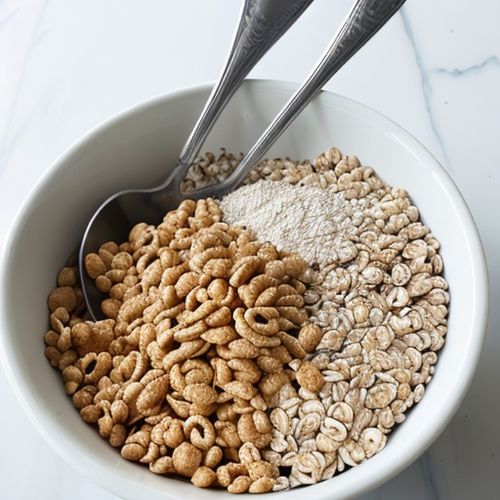
By Eric Ward/May 12, 2025

By Lily Simpson/May 12, 2025
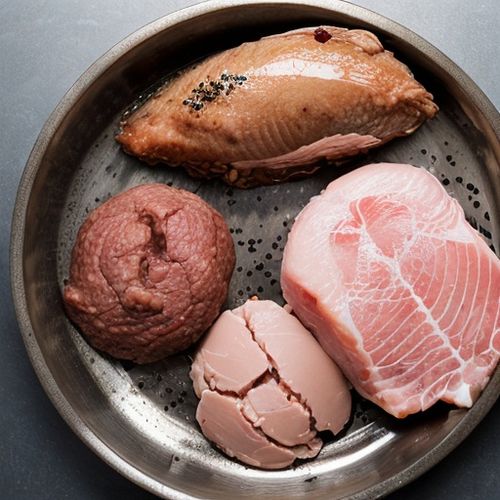
By Megan Clark/May 12, 2025

By Christopher Harris/May 10, 2025

By Ryan Martin/May 10, 2025

By Thomas Roberts/May 10, 2025

By Emma Thompson/May 10, 2025

By Ryan Martin/May 10, 2025

By Michael Brown/May 10, 2025
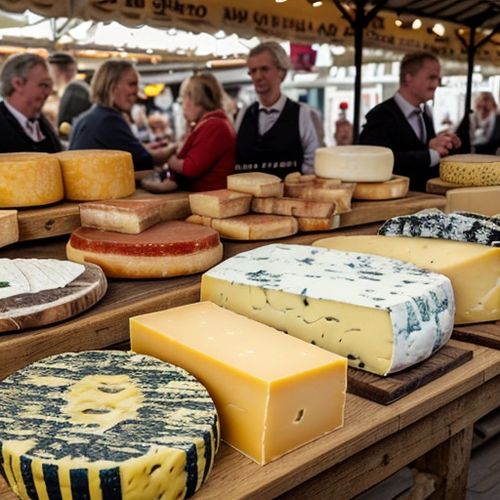
By Sophia Lewis/May 10, 2025

By Eric Ward/May 10, 2025

By George Bailey/May 10, 2025

By Elizabeth Taylor/May 10, 2025